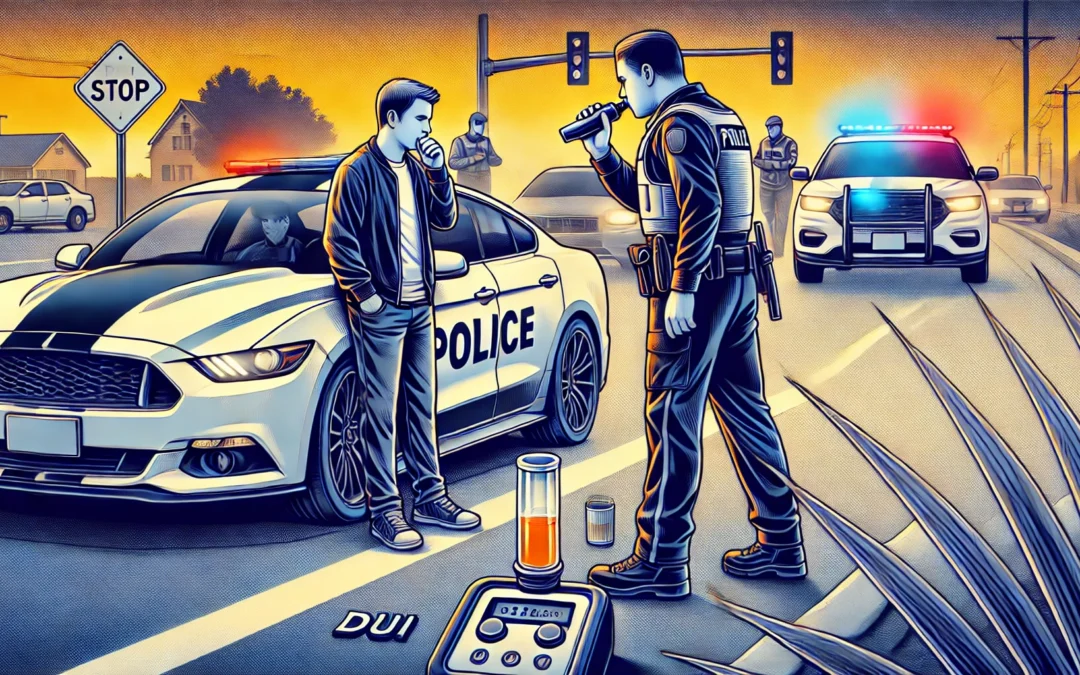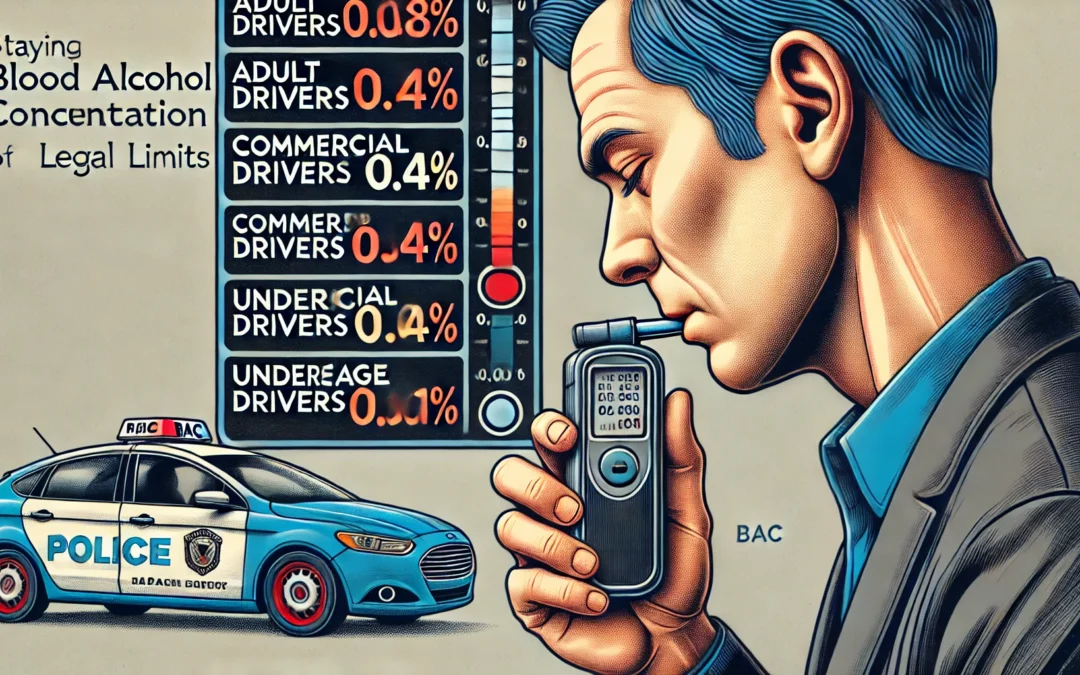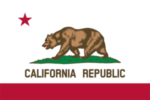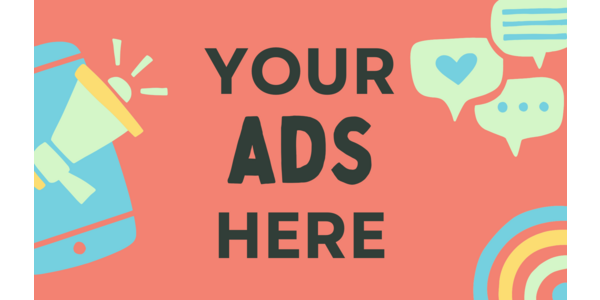
Drivers Under 21: Special Rules and Responsibilities
Drivers Under 21: Special Rules and Responsibilities
Young drivers under the age of 21 face additional regulations and expectations when it comes to driving in California. These rules are designed to ensure that new drivers develop safe habits and avoid risky behaviors, especially since statistics show that younger drivers are more likely to be involved in accidents. Here’s an overview of the key rules and restrictions for drivers under 21 in California.
1. Zero Tolerance for Alcohol
California enforces a zero-tolerance policy for drivers under 21 when it comes to alcohol. This means:
- BAC limit of 0.01%: Any detectable amount of alcohol in your system is illegal if you’re under 21. Even a small amount of alcohol, such as from one drink, can lead to serious consequences, including fines, license suspension, and criminal charges.
- Penalties for violations: If caught driving with a BAC of 0.01% or higher, you risk an immediate suspension of your driver’s license for at least one year. You could also face fines, mandatory DUI education programs, and other legal penalties .
This strict rule aims to discourage underage drinking and driving and reduce accidents among young drivers.
2. Provisional License Restrictions
Most drivers under 21, especially those between 16 and 18, are subject to provisional license restrictions. These restrictions are designed to provide young drivers with more experience before granting them full driving privileges. The key restrictions include:
- Passenger limitations: For the first 12 months, you cannot drive passengers under 20 unless a licensed adult over 25 is present.
- Nighttime driving: You are not allowed to drive between 11 p.m. and 5 a.m. unless accompanied by a licensed adult or for specific reasons like work or school .
These restrictions are in place to reduce distractions and risky driving conditions, which are more dangerous for less experienced drivers.
3. No Cell Phone Use
Drivers under 21 are prohibited from using any type of electronic communication device while driving, even if it’s hands-free:
- No texting or calling: You are not allowed to send or receive messages or make phone calls while driving.
- Emergency exceptions: You may only use your phone in an emergency, such as calling 911 .
This rule reflects the fact that younger drivers are more likely to be distracted while driving, and reducing distractions can prevent accidents.
4. Understanding Curfew Laws
Curfew laws in California require drivers under 18 to abide by a nightly driving curfew:
- No driving after 11 p.m. unless it’s for work, school, or an emergency.
- Exceptions: You may drive with a note from a parent or guardian explaining the need to travel during restricted hours for these reasons .
Following curfew laws helps keep younger drivers off the road during high-risk hours when accidents are more likely to occur.








Recent Comments